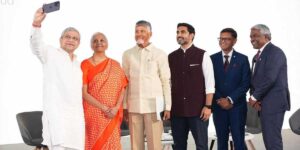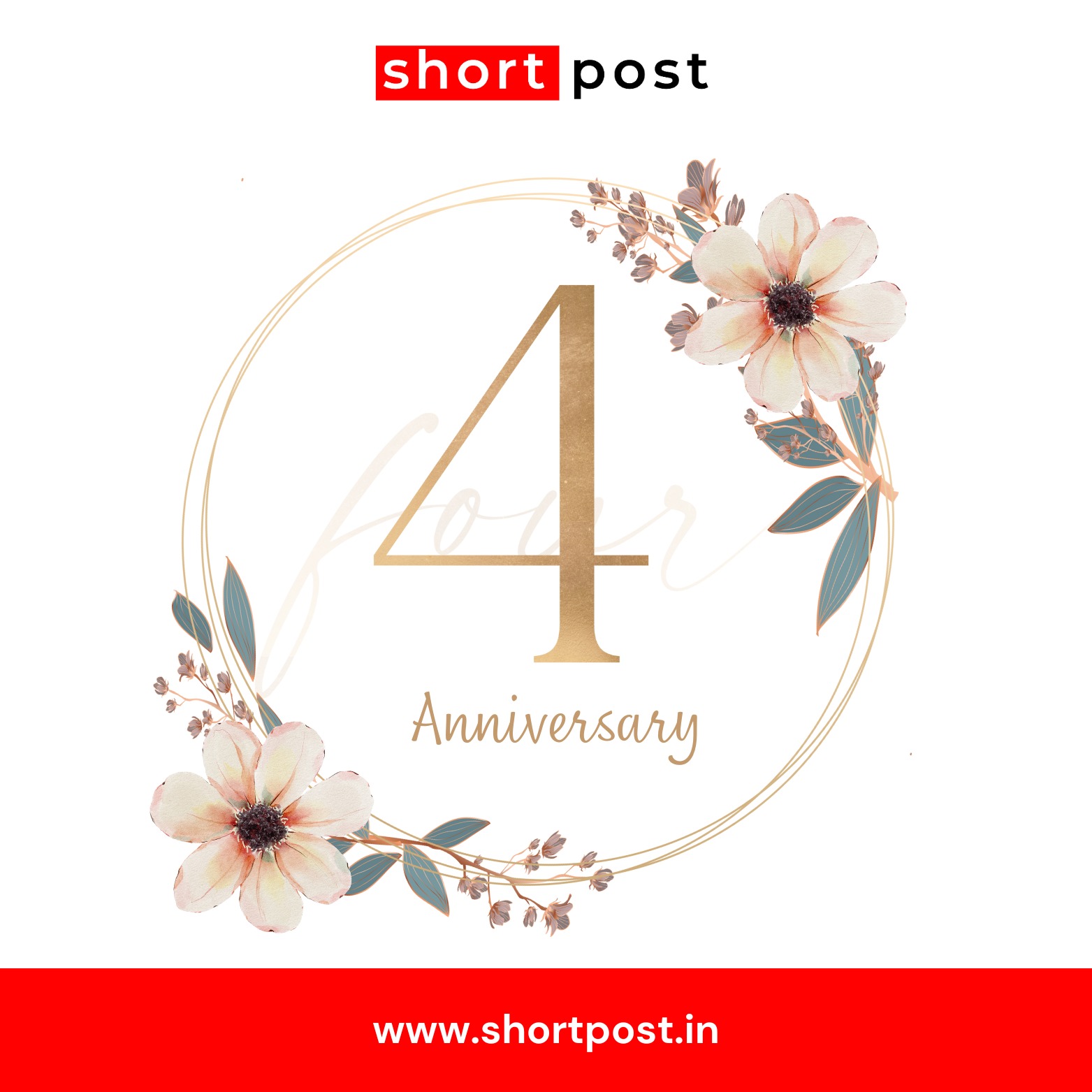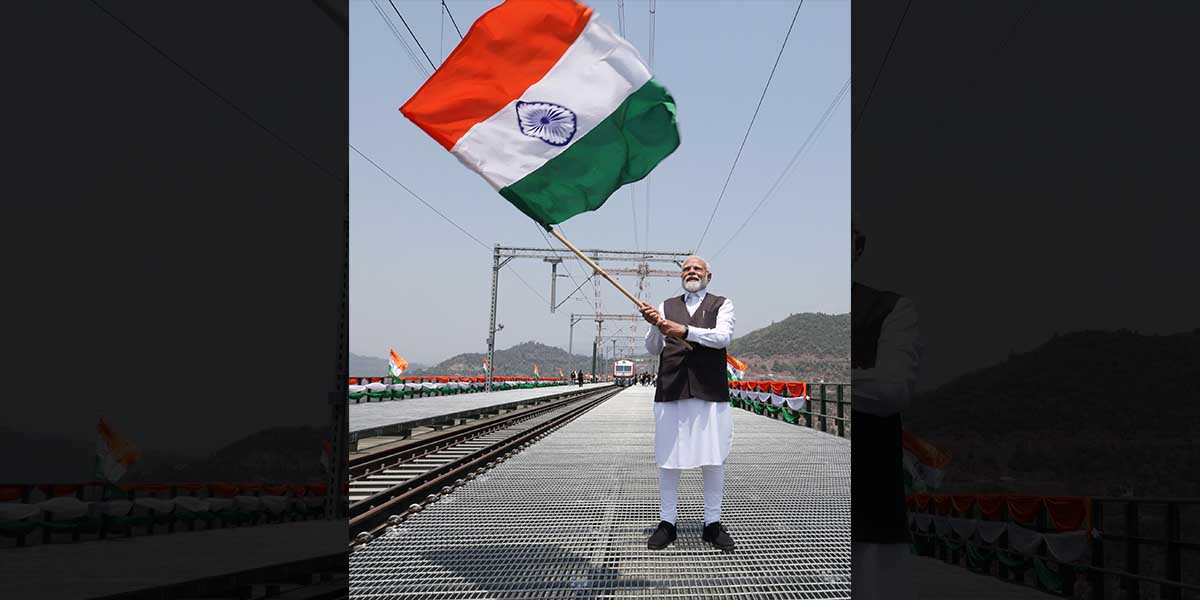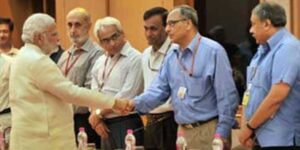PM Narendra Modi delivered a powerful message as he marched on the Chenab Rail bridge with an Indian flag. The Tricolour march reminded many of the 1992 Republic Day flag-hoisting at the Lal Chowk in Srinagar, during the peak of militancy. At the peak of militancy in 1990s, when separatist violence sought to tear Kashmir away from India, Modi, along with BJP party stalwart Murli Manohar Joshi, hoisted the Indian flag at the iconic Lal Chowk– a move that Modi and saffron party leaders still boast of as an audacious challenge to anti-India forces. On June 6, it was the first time since the Pahalgam terror attack, followed by the recent military conflict with Pakistan, that Modi landed in Jammu & Kashmir to inaugurate the Chenab Rail Bridge in the Reasi district. As the Valley’s railway was linked with that of the rest of India, a big message of integration was delivered. Power and meaning were added to that message as Modi walked on the Chenab Rail Bridge, waving an Indian national flag. What makes the inauguration and the PM’s Tricolour walk especially significant is that they come within a month of Operation Sindoor which was conducted after the dastardly terror attack in Pahalgam, South Kashmir. The 1.31-km-long Chenab Rail Bridge is an engineering marvel. The key infrastructural project will enable direct rail travel from Kashmir to Kanyakumari. But this isn’t just any other connectivity project. It lies in the world’s most heavily militarised zone, sandwiched between three nuclear-armed countries—India, Pakistan and China. Over 215 km of approach roads were built through rugged, terrorism-hit terrain, opening up areas once reachable only by foot or boat.

 Politics
Politics Business
Business Entertainment
Entertainment Sports
Sports Celebrities
Celebrities






